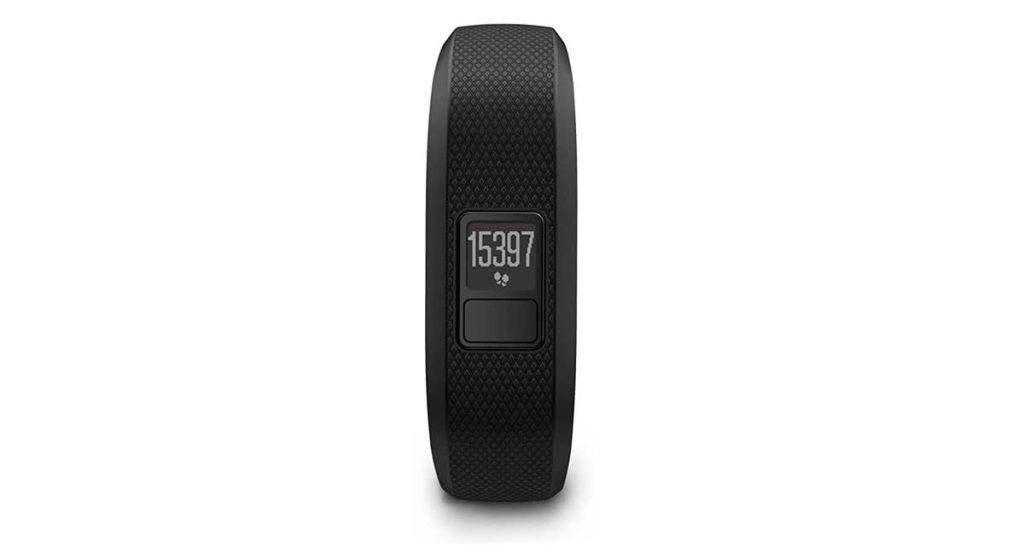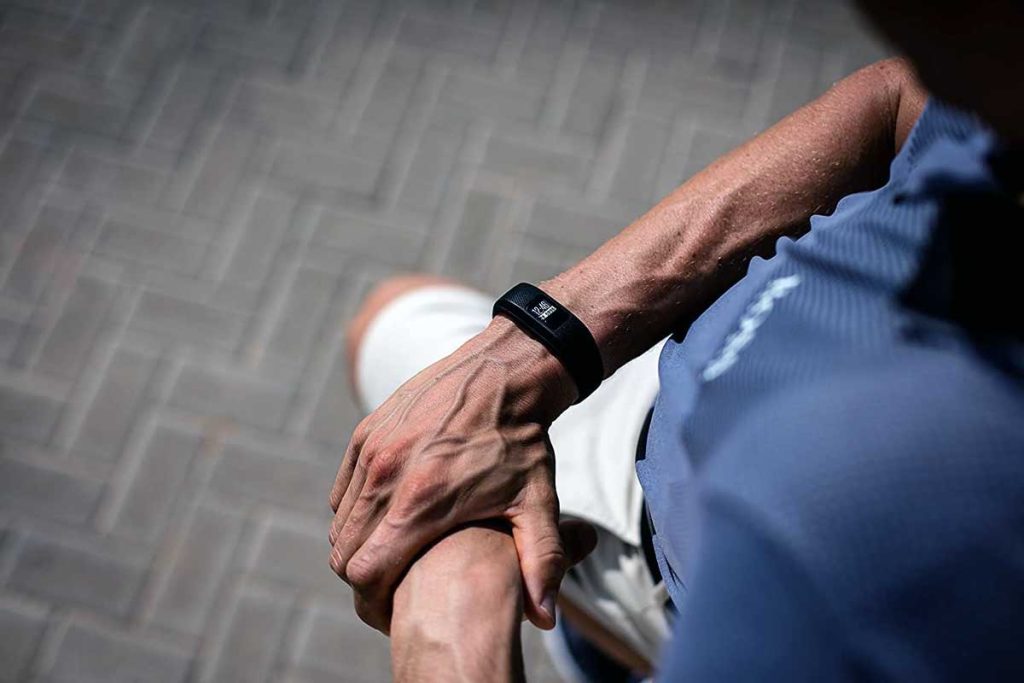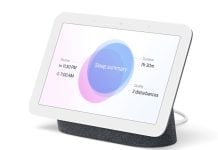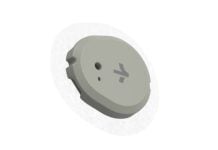Whether you are already a fan of the Garmin Vívofit 3, or you’re new to the world of fitness wearables, a recent study conducted in Sweden explored how mobile health interventions (e.g., fitness trackers) could decrease occupational sitting time.
The patient population included in this study focused on adults with type 2 diabetes. However, the conclusions found in the study can be applied to anyone.
In this article, we’re taking a closer look to review this study and see how using the Garmin Vívofit 3 helped reduce occupational sitting time and improve overall health.
Contents
Suggested readings
- My Garmin isn’t syncing with Strava: steps to fix it
- Keeping your kids active in 2022: A review of Garmin’s Vívofit jr. 3
- Garmin watch or tracker not syncing to Connect app on your phone? Let’s fix it!
- The Best Diabetes management apps for your iPhone and Apple Watch in 2022
Mobile health (mHealth) technologies: Using the Garmin Vívofit 3 activity tracker
Authors Syrjälä, Fharm, Dempsey, Nordendahl, & Wennberg, 2021 detail how the increasing presence of a sedentary lifestyle contributes to the onset of cardiovascular disease, type 2 diabetes, and other chronic conditions.
Previous research has demonstrated the importance of breaking up prolonged sedentary habits to improve overall health. So how does using a fitness tracker, such as the Garmin Vívofit 3 aid in this intervention?
This article uses mobile health technologies (e.g., mHealth) to represent what is more commonly known as a fitness tracker. These fitness wearables can alert users to move, provide individualized biofeedback, and encourage participation in activity.
With the Garmin Vívofit 3’s ability to set health and fitness goals and prompt its wearer to move after prolonged periods of inactivity, the authors were hopeful that incorporating fitness tech in this way may be a powerful aid in reducing overall occupational sitting time.
In addition to using a fitness wearable to monitor health and activity, participants received counseling by a diabetes specialist nurse.
mHealth interventions using the Garmin Vívofit 3
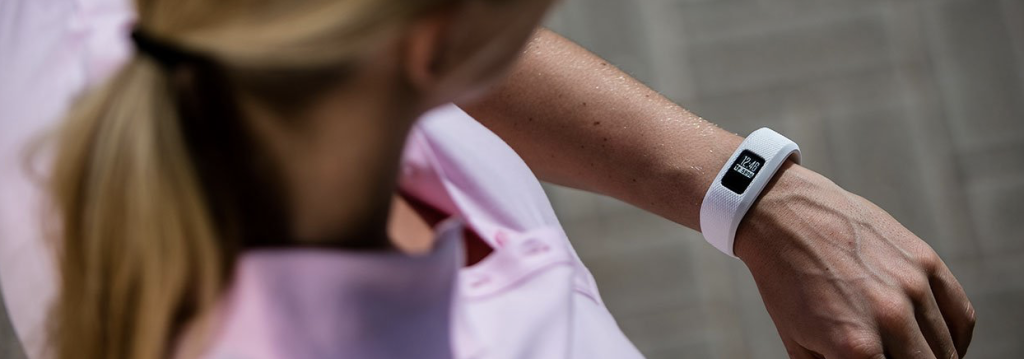
So how did they do it? Over three months, 15 participants were first instructed to reduce their occupational sitting time. They then developed stepwise goals that would help them do this.
The end goal was to work up to moving and doing an activity for three minutes, every 30 minutes, throughout the workday. Suggested activities included a set of simple resistance activities (e.g., bodyweight squats, calf raises, and marching) or low-intensity walking.
The key player here was incorporating the Garmin Vívofit 3 to initiate those alerts. It did this via its red “move bar” after a designated time of inactivity. 
The “move bar” automatically resets after it detects that its wearer has walked a short distance or after a user logs an “active minutes” function for that three-minute duration.
In addition to the participants’ logging activity, a handful of interviews were conducted throughout the study to check on progress. They were able to gain feedback on how the participants felt with their dedicated activity breaks.
The results 
The participant characteristics ranged from those recently diagnosed with having type 2 diabetes to those living with the disease for longer than ten years. Different professions were represented, ranging from receptionists to IT support, teachers, and researchers (among others).
Syrjälä et al. concluded that there were two main themes that arose after talking with their participations:
Theme 1: From baby steps to milestones
Many of the participants acknowledged a lack of awareness about the amount of time they spent sitting while at work. I can relate (as I’m sure many others can as well).
You can imagine that once you are aware of just how long you’re sitting during the day, you’re more inclined to realize that you should probably reduce that time.
Using the Garmin Vívofit 3 was the key to initiate these small changes that would later form into bigger habits. And sometimes, that’s the hardest part for anyone who is embarking on a new health and fitness journey.
Many of the participants remarked how gaining the internal motivation to reach their goals (whether it was a daily step count or a distance walked) continued to evolve into larger health and fitness milestones that they could monitor using their Garmin Vívofit 3.
Theme 2: Tailoring strategies that fit me and my workplace
The great thing about initiating a health and fitness journey is that it can be whatever the user makes. Not everyone enjoys walking, weight training, or swimming.
The participants confirmed that having some initial guidance, but ultimately the freedom to choose how they moved and engaged in activity was rewarding.
Also, given that not every participant performed the same type of job in the same setting, finding what was practical for them during their workday was crucial in staying consistent to meet their goals.
Finding creative ways to step away from their desk and get in their three active minutes can be applied to anyone trying to reduce their own sedentary time.
Fortunately, the Garmin Vívofit 3 is adeptly capable of tracking and logging many exercises and activities. You can go with whatever fitness tracker you prefer, though.
Final thoughts on using the Garmin Vívofit 3 to reduce workplace sitting time 
This study demonstrated how initiating small changes can lead to long-term habits and health benefits. Though the authors looked at a specific population (those with type two diabetes) their conclusions can be applied to any individual.
Implementing the Garmin Vívofit 3 was a simple and feasible way to reduce occupational sitting time in adults who were otherwise quite sedentary.
If you struggle to change your daily health habits, consider getting a fitness wearable. It can provide customized prompts, feedback, and encouragement to get in those active minutes.
If you’d like to read the study in detail, click here to be directed to the full article.
We have also provided its citation below
Syrjälä, M.B., Fharm, E., Dempsey, P.C., Nordendahl, M. and Wennberg, P. (2021), Reducing occupational sitting time in adults with type 2 diabetes: Qualitative experiences of an office‐adapted mHealth intervention. Diabet Med e14514. https://doi.org/10.1111/dme.14514


